Phosphate deposits in south-western Iran are part of the South Tethyan Phosphogenic Province, a huge carbonate-dominated strata that extends to the Middle East. The Tethyan phosphorites of Iran are dated Eocene-Oligocene (Pabdeh Formation) and categorized as low-grade ore deposits on a global scale. Depositional conditions of the facies indicate that the Pabdeh Formation was deposited on a carbonate ramp setting as a distally steepened ramp. Under such an environment, turbidity currents transported phosphate particles from the back-shoal setting to the deeper middle and outer ramp of the ocean where they were suspended and deposited as shell-lag and phosphate lamination. Microfacies studies demonstrate that all the phosphatic ooids and phosphatized foraminifera, fish scales, bones and phosphatic intraclasts reworked from shallow parts of the Tethyan Ocean to deeper parts with the help of turbidity currents. Analysis and interpretation of the data reveal positive correlation between. REE+Y and P2O5 in all studied sections which attests to their strong coherence as a geochemical group. The shale normalized REE patterns of Mondun phosphorites are characterized by negative Ce anomalies. This anomaly indicate that the depositional environment was oxic and highly reworked, bioturbated with higher energy realm during phosphate deposition, conversely Nill section with Ce enrichment reflect conditions of relatively deeper water sedimentation. These geochemical findings are in accordance with microfacies studies which indicate shallow and high energy condition for Mondun section with negative cerium anomalies and a deep ramp setting for Nill and Siah sections which denote a positive cerium anomalies in REE patterns.
1.
Introduction
Fixed point (FP) theory has been applied in many domains of science, including approximation theory, biology, chemistry, dynamic systems, economics, engineering, fractals, game theory, logic programming, optimization problems, and physics. Undoubtedly, the FP theory is an active area in mathematics and beautifully combines analysis, topology, and geometry. In the past few decades, it has been clear that the FP theory is a very effective and significant instrument for investigating nonlinear processes. Its application relies on the existence of solutions to mathematical problems that are based on the contraction principle. After Banach [1] presented his principle, the FP theory approaches became more successful and appealing to scientists, see [2,3,4,5,6,7,8,9,10].
Now, let's start with the definition of FP and the Banach contraction principle.
Let (W,D) be a metric space. A point ζ∈W is called a FP of a mapping S:W→W, if
Theorem 1. (Banach contraction principle) Let S be a self-mapping on a complete metric space (W,D). If there exists a constant θ∈ [0,1) such that
for all ζ,ξ∈W, then S has a unique FP.
The term "nonexpansive mapping" refers to a mapping S satisfying the condition (1.1) for θ=1. Nonexpansive mappings emerged as a direct extension of the concept of contraction mappings initially introduced by Banach [1]. In 1965, Browder [11] and Göhde [12] established an FP theorem for nonexpansive mappings within uniformly convex Banach spaces.
In 1975, Zhang [13] introduced the broader category of mean nonexpansive mappings, encompassing nonexpansive mappings, and demonstrated the existence and uniqueness of FPs for this class of mappings within Banach spaces exhibiting normal structural properties.
Definition 1. [13] Let (W,D) be a metric space. A mapping S:W→W is called mean nonexpansive if there exist α,β≥0 with α+β≤1 such that
In a recent development, Mebawondu et al. [14] introduced the notion of T-mean nonexpansive mapping within the framework of metric spaces. Subsequently, they provided rigorous proof establishing the existence of a unique FP for this particular mapping.
Definition 2. [14] Let T,S be self-mappings on a metric space (W,D). S is said to be a T-mean nonexpansive mapping if there exist α,β≥0 with α+β≤1 such that
Remark 1. If we take T=I, where I is the identity function, in (1.3), then we obtain that S is a mean nonexpansive mapping defined by (1.2).
Also, Mebawondu et al. [14] presented the following example with T-mean nonexpansive mapping but not mean nonexpansive mapping in metric spaces.
Example 1. [14, Examples 2.1 and 2.2] (i) Let W=[1,∞) and D(ζ,ξ)=|ζ−ξ| for all ζ,ξ∈W. Let T,S:W→W be defined by T(ζ)=1+lnζ and
(ii) Let W=[0,2] and D be as in (i). Let T,S:W→W be defined by
and
Then, in the above examples, S is T-mean nonexpansive, but not mean nonexpansive.
The oldest known iteration method is the Picard iteration, which is used in the Banach contraction principle. In 2009, Morales and Rojas [15] offered a novel iteration scheme called the T-Picard iteration, which is defined as follows.
Definition 3. [15] Let T,S be self-mappings on a metric space (W,D) and ζ0∈W. The sequence {T(ζn)}⊂W defined by
is called the T-Picard iteration associated with S.
Remark 2. If we take T=I in (1.4), then we obtain the Picard iteration.
Another domain where FP theory can be extended pertains to spatial considerations. Recently, significant advancements have been made in this direction, particularly within the realm of metric spaces. The concept of b-metric space was introduced by Bakhtin [16] and Czerwik [17] in different periods. In a different line of development, Matthews [18] introduced the notion of partial metric space and adapted the Banach contraction principle for applications in program verification.
In 2012, Amini-Harandi [19] introduced the concept of metric-like space, wherein a point's self-distance need not be equal to zero. Within these novel spaces, Amini-Harandi [19] presented various FP theorems that extended and enhanced existing results in both partial metric and b-metric spaces. Subsequently, in the following year, Alghamdi et al. [20] introduced the notion of b-metric-like space, thereby generalizing the concepts of b-metric and metric-like spaces, and established various associated FP results. Since then, numerous outcomes related to FPs of mappings under specific contractive conditions within these spaces have been obtained, as exemplified by works such as [21,22,23,24].
Motivated by these seminal results, we investigated the existence and uniqueness of FPs for T-mean nonexpansive mappings and provided a stability theorem for T-Picard iteration within the framework of b-metric-like spaces. Furthermore, we explored the existence and uniqueness of solutions to the Fredholm-Hammerstein integral equations on time scales as an application of our primary theorem. Finally, we presented two illustrative numerical examples from different time scales. It is noteworthy that our results were significant as they generalized the corresponding findings within b-metric and metric-like spaces, both of which are special instances of b-metric-like spaces.
2.
Preliminaries
2.1. Some basic definitions in b-metric-like spaces
In this subsection, several well-known definitions and two lemmas in b-metric-like spaces are listed.
Definition 4. [20, Definition 2.4] Let W be a nonempty set and k≥1 be a given real number. A function Dbl:W×W→R+ is b-metric-like (in brief, bl) if the following conditions are satisfied:
(Dbl1) Dbl(ζ,ξ)=0⟹ζ=ξ (indistancy implies equality);
(Dbl2) Dbl(ζ,ξ)=Dbl(ξ,ζ) (symmetry);
(Dbl3) Dbl(ζ,ξ)≤k[Dbl(ζ,η)+Dbl(η,ξ)] (weakened triangularity)
for all ζ,ξ,η∈W. The pair (W,Dbl) is called a bl space.
In a bl space (W,Dbl), if ζ,ξ∈W and Dbl(ζ,ξ)=0, then ζ=ξ; but the converse may not be true since Dbl(ζ,ζ) may be positive for some ζ∈W.
Remark 3. As it is excepted, each bl space forms a metric-like space by letting k=1. On the other hand, every b-metric space is a bl space with the same parameter k. Hence, the class of bl spaces is bigger than the class of metric-like spaces (see [19]) or b-metric spaces (see [17,25,26,27]). However, the inverse implications are not true in general.
Example 2. [20, Examples 2.5 and 2.6] Let W=[0,∞). Define a function Dbl:W2→[0,∞) by Dbl(ζ,ξ)=(ζ+ξ)2 or Dbl(ζ,ξ)=(max{ζ,ξ})2. Then (W,Dbl) is a bl space with the parameter k=2. Clearly, (W,Dbl) is not a b-metric space or metric-like space.
Definition 5. [20, Definition 2.9] Let (W,Dbl) be a bl space, {ζn} be a sequence in W, and ζ∈W. We say that
(i) {ζn} is said to be a convergent sequence if limn→∞Dbl(ζn,ζ)=Dbl(ζ,ζ) and a Cauchy sequence if limn,m→∞Dbl(ζn,ζm) exists and is finite;
(ii) (W,Dbl) is called complete if, for every Cauchy sequence {ζn} in W, there exists ζ∈W such that limn,m→∞Dbl(ζn,ζm)=Dbl(ζ,ζ)=limn→∞Dbl(ζn,ζ).
Remark 4. In a bl space, the limit for a convergent sequence is not unique in general. However, if {ζn} is a Cauchy sequence with limn,m→∞Dbl(ζn,ζm)=0 in the complete bl space (W,Dbl), then the limit of such a sequence is unique. Indeed, in such a case, if ζn→ζ (Dbl(ζn,ζ)→Dbl(ζ,ζ)) as n→∞ we get that Dbl(ζ,ζ)=0.
In 2009, Beiranvand et al. [28] defined the concept of sequentially convergent mapping in metric spaces. Following this, many researchers have worked on this concept (see [14,29,30,31,32]). Inspired by these results, we provide the following definition in bl spaces.
Definition 6. Let (W,Dbl) be a bl space. A mapping T:W→W is said to be sequentially convergent if we have, for every sequence {ξn}, if {T(ξn)} is convergent then {ξn} is also convergent.
Lemma 1. [33, Lemma 1.10] Let T be a self-mapping on a bl space (W,Dbl). If T is continuous at u∈W then, for every sequence {ζn} in W such that ζn→u, we have T(ζn)→T(u), that is,
In 2023, Calderón et al. [34] studied the concept of (T,S)-stability in metric spaces. Now, we define this concept in the setting of bl spaces as follows.
Definition 7. Let T,S be self-mappings on a bl space (W,Dbl) and ζ∗ be the FP of S. Let {T(ζn)} be a sequence generated by an iteration scheme, that is,
where ζ0∈W is the initial point and h is a function. Assume that {T(ζn)} converges to T(ζ∗). Let {T(ξn)}⊂W be an arbitrary sequence, and set ρn=Dbl(T(ξn+1),h(T,S,ξn)), n∈N0. Then, the iteration scheme (2.1) is said to be (T,S)-stable if and only if
If we take T=I in Definition 7, it is reduced to the concept of the stability of an iteration scheme, which was defined by Harder and Hicks [35].
Lemma 2. [36, p. 14] Let {ξn}, {ρn} be sequences of non-negative numbers and 0≤θ<1, so that
for all n∈N. If limn→∞ρn=0, then limn→∞ξn=0.
2.2. Basic information on time scales
In 1988, Hilger [37] introduced the theory of time scales, which has recently garnered a lot of attention, in his Ph. D. thesis to unify continuous and discrete analysis. In this subsection, we will go over several fundamental concepts related to time scales.
Definition 8. [38] A time scale TS is an arbitrary, nonempty, and closed subset of the real numbers R.
The forward and backward jump operators are defined by ω(t)=inf{s∈TS:s>t}, and τ(t)=sup{s∈TS:s<t}, respectively, where inf∅=supTS and infTS=sup∅. The graininess function μ:TS→[0,+∞) is defined by μ(t)=ω(t)−t.
The classification of points on the time scale TS is possible with the jump operators.
Definition 9. [38, Definition 1.1] A point t∈TS is said to be right-dense if ω(t)=t, right-scattered if ω(t)>t, left-dense if τ(t)=t, left-scattered if τ(t)<t, isolated if τ(t)<t<ω(t), and dense if τ(t)=t=ω(t).
In the following definition, the set TκS that will be needed in the delta derivative is given.
Definition 10. [38] The set TκS is defined as follows:
Definition 11. [38, Definition 1.10] Assume f:TS→ R is a function and fix t∈TκS. The delta derivative (also Hilger derivative) fΔ(t) exists if, for every ϵ>0, there exists a neighbourhood U=(t−δ,t+δ)∩TS for some δ>0 such that
Proposition 1. [38] Let f:TS→ R be a function and t∈TκS. If f is continuous at t and t is right-scattered, then f is differentiable at t with
Remark 5. [38] (i) If TS= R, then fΔ(t)=f′(t) is the derivative used in the standard calculus.
(ii) If TS= Z, then fΔ(t)=f(t+1)−f(t)=Δf(t) is the forward difference operator used in difference equations.
Definition 12. [38, Definition 1.1] A function f:TS→ R is called rd-continuous if it is continuous at all right-dense points in TS and its left-sided limits exist (finite) at all left-dense points in TS.
If f is rd-continuous, then there exists a function F such that FΔ(t)=f(t) (see [38, Theorem 1.74]). In this case, the (Cauchy) delta integral of f is defined by
Remark 6. [38] (i) If TS= R, then
is the Riemann integral used in the standard calculus.
(ii) If TS= Z, then
Lemma 3. [39] (Cauchy-Schwarz inequality) Let f,g:TS→ R be two rd-continuous mappings. For all d,e∈TS with d≤e, we have
Proposition 2. [40] Let d and e be arbitrary points in TS.
(i) Every constant function f(t)=c (t∈TS) is Δ-integrable from d to e and ∫edcΔt=c(e−d).
(ii) If f and g are Δ-integrable on [d,e) and f(t)≤g(t) for all t∈[d,e), then
(iii) If f is Δ-integrable on [d,e), then |f| is Δ-integrable on [d,e) and
(iv) If f and g are Δ-integrable on [d,e), then their product f.g is Δ-integrable on [d,e).
We recommend the reader to [38,41,42,43] for more information on time scales and their applications.
3.
Some FP and stability results for T-mean nonexpansive mappings
Let's start this section with an example of T-mean nonexpansive mapping, which doesn't mean nonexpansive in a bl space with the same constants.
Example 3. Let W=[0,1] and Dbl(ζ,ξ)=(max{ζ,ξ})2 for all ζ,ξ∈W. Then (W,Dbl) is a bl space with the parameter k=2. Let T,S:W→W be defined by
and
Let α=0 and β=1. Then, we get
for all ζ,ξ∈W. As a result, S is T-mean nonexpansive. To demonstrate that S does not mean nonexpansive, we assume that ζ=0 and ξ=1. In this case, we have
Hence, S does not mean nonexpansive.
Now, let's give the FP result of the paper.
Theorem 2. Let (W,Dbl) be a complete bl space and T:W→W be a continuous, one-to-one, and sequentially convergent mapping. If S:W→W is a T-mean nonexpansive mapping such that k(α+2βk)<1, then S has a unique FP. Morever, the sequence {T(ζn)} defined by (1.4) converges strongly to T(ζ∗), where ζ∗ is the FP of S.
Proof. Using (1.3), (1.4), and (Dbl3), we get
Also, we obtain
Substituting (3.2) into (3.1), we have
and inductively, we get
Furthermore, for n>m, we have
Now, (3.3) and (3.4) imply that
It follows that {T(ζn)} is a Cauchy sequence with limn,m→∞Dbl(T(ζn),T(ζm))=0 and since (W,Dbl) is a complete bl space, there exists ξ0∈W such that
Since the mapping T is sequentially convergent and the sequence {T(ζn)} is convergent, then the sequence {ζn} is convergent. So, there exists ζ∗∈W such that
Because T is continuous, by Lemma 1 and (3.6), we have
From (3.5) and (3.7), we obtain ξ0=T(ζ∗). So
Therefore, Dbl(T(Sζ∗),T(ζ∗))=0, which implies that T(S(ζ∗))=T(ζ∗). Since T is one-to-one, we have that
Hence, ζ∗ is an FP of S. To show that ζ∗ is a unique FP of S, we suppose on the contrary that there exists another FP, say ξ∗, such that ζ∗≠ξ∗. That is, S(ζ∗)=ζ∗ and S(ξ∗)=ξ∗. Thus, we get
which implies that
Since k(α+2βk)<1 and k≥1, we have α+β<1. That is, we obtain
which implies that T(ζ∗)=T(ξ∗). Since T is one-to-one, we get ζ∗=ξ∗. □
Remark 7. Theorem 2 can be regarded as an extension of Theorem 2.3 in [14] from a metric space to a bl space.
If we choose T=I in Theorem 2, we obtain the below result, which is new in the literature.
Corollary 8. Let (W,Dbl) be a complete bl space and S:W→W be a mean nonexpansive mapping with k(α+2βk)<1. Then S has a unique FP.
We obtain the following stability result using Definition 7.
Theorem 3. Under the hypotheses of Theorem 2, the sequence {Tζn} defined by (1.4) is (T,S)-stable.
Proof. Suppose that {T(ξn)} is an arbitrary sequence in W and ρn=Dbl(T(ξn+1),T(S(ξn))). Let limn→∞ρn=0. Then, by (1.3) and (Dbl3), we obtain
By the assumption limn→∞ρn=0, it follows from Lemma 2 that limn→∞T(ξn)=T(ζ∗).
Conversely, limn→∞Dbl(T(ξn+1),T(ζ∗))=0. Then, using Lemma 2, we have
Therefore, {T(ζn)} defined by (1.4) is (T,S)-stable. □
4.
An application to the Fredholm-Hammerstein integral equations on time scales
The study of the existence and uniqueness of differential and integral equation solutions is essential in exploring various types of nonlinear analysis and engineering mathematics. One of the most important tools developed in this field is the FP method. Using the FP result in the previous part, we investigated the existence and uniqueness of solutions for the Fredholm-Hammerstein integral equations on time scales in this section.
First, let's give the definition of the Fredholm-Hammerstein integral equation.
Definition 13. [44] A Fredholm-Hammerstein integral equation of the second kind is defined as
where the kernel function K(t,s) and the function f(t) are given, the unknown function ζ(t) must be determined, λ∈R is a non-zero constant, and the known function u is continuous and nonlinear respect to the variable ζ. It is called homogeneous if f(t)=0 for all t∈[d,e] in the Eq (4.1).
Now, we provide the homogeneous Fredholm-Hammerstein integral equation of the second kind on the time scale as follows.
Definition 14. Let TS be a time scale with the delta derivative operator Δ, and let d,e∈TS. A homogeneous Fredholm-Hammerstein integral equation of the second kind on the time scale TS is defined as
where u:[d,e]TS×R→R and K:[d,e]TS×[d,e]TS→R are given functions, ζ:[d,e]TS→R is an unknown function, and λ∈R−{0} is a parameter.
Let W=C([d,e]TS) be the set of all real continuous functions defined on [d,e]TS. We endowed W with the Dbl
It was shown in [20, p. 21] that (W,Dbl) is a complete bl space with the parameter k=2.
In the following theorem, we proved the existence and uniqueness of the integral Eq (4.2) on the complete bl space C([d,e]TS).
Theorem 4. Consider the Fredholm-Hammerstein integral Eq (4.2) such that the functions K and u are Δ-integrable on [d,e]TS. Assume that
for all ζ,ξ∈C([d,e]TS) and
where L∈(0,12λ2(e−d)) is a constant. Then the Eq (4.2) has a unique solution in C([d,e]TS).
Proof. We define the mappings T and S as follows:
and
Since the functions K and u are Δ-integrable, then, clearly S is a self-mapping on C([d,e]TS), that is, S:C([d,e]TS)→C([d,e]TS). By the Cauchy-Schwarz inequality in Lemma 3, Proposition 2, and (4.3), for all ζ,ξ∈C([d,e]TS), we obtain
which implies that
Taking the advantage of (4.4), we have
Thus, if we say λ2L(e−d)=α, we obtain
Since L<12λ2(e−d), then we have α<12. Then S is a T-mean nonexpansive mapping on C([d,e]TS) with α<12 and β=0 implying that 2(α+4β)<1. Then it is clear that T is a continuous, one-to-one, and sequentially convergent mapping. Therefore, all conditions of Theorem 2 are satisfied, and so S has a unique FP that is a unique solution of the integral Eq (4.2) for |λ|<1√2L(e−d).
The following examples illustrate the result of Theorem 4.
Example 4. Let TS=2N0={1,2,4,...}. For all t∈2N0, ω(t)=2t. Consider the following integral equation
Here, K(t,s)=s−2 and u(t,ζ(t))=ζ(t) for all ζ∈C([1,4]TS). Thus, by Proposition 1, we obtain
Therefore, the condition (4.4) holds with L=98. Clearly, we get
Thus, the condition (4.3) is provided. By Theorem 4, the given integral equation has a unique solution for L<16λ2, that is, |λ|<23√3. Consequently, we conclude that this integral equation has a unique solution, which is the trivial solution ζ(t)≡0.
In fact, it can be shown that the equation has only the solution ζ(t)≡0 for |λ|<23√3 by using direct computation. Let
Then we have ζ(t)=cλ, and so,
This equation can be written as
that is, for λ≠23, there is only one solution, which is c=0. Hence, we obtain that this integral equation has a unique solution when λ≠23.
Example 5. Let TS=Z. Consider the following integral equation
Here, K(t,s)=s+ω(s), u(t,ζ(t))=ζ(t)1+(ζ(t))2 for all ζ∈C([0,4]TS) and ω(t)=t+1 for all t∈Z. By Remark 6 (ii), we obtain
Therefore, the condition (4.4) holds with L=84. Also, we get
that is, the condition (4.3) is satisfied. By Theorem 4, the integral Eq (4.5) has a unique solution for L<18λ2. Therefore, we have |λ|<14√42. We deduce that the given integral equation has a unique solution, which is the trivial solution ζ(t)≡0.
In fact, by using direct computation, it can be shown that the equation has a unique solution ζ(t)≡0. Let
Thus, we can write
By substituting the value of ζ(t) given by (4.7) into (4.6), we obtain
and from here, we get
For λ<116, there is only one solution, which is c=0. Hence, the integral Eq (4.5) has a unique solution when λ<116.
In the above examples, Theorem 4 provides a small interval for λ. However, on this interval, we can guarantee the existence and uniqueness of the solution without computing it.
5.
Conclusions
We have demonstrated the existence and uniqueness of the FPs of T-mean nonexpansive mappings and provided the stability result for the T-Picard iteration in bl spaces. Additionally, we presented an application of the Fredholm-Hammerstein integral equations and two numerical examples on time scales. Using similar approaches in our results, the integral type of T-mean nonexpansive mappings described in [14] can be studied in bl spaces. Also, the types of T-mean nonexpansive mappings can be studied in different spaces, such as hyperbolic metric spaces defined by Kohlenbach [45].
Use of AI tools declaration
The authors declare they have not used Artificial Intelligence (AI) tools in the creation of this article.
Acknowledgments
The authors, A. Aloqaily and N. Mlaiki, would like to thank Prince Sultan University for paying the APC and for the support through the TAS research lab.
Conflict of interest
The authors declare that they have no conflict of interest.












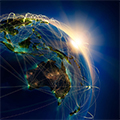
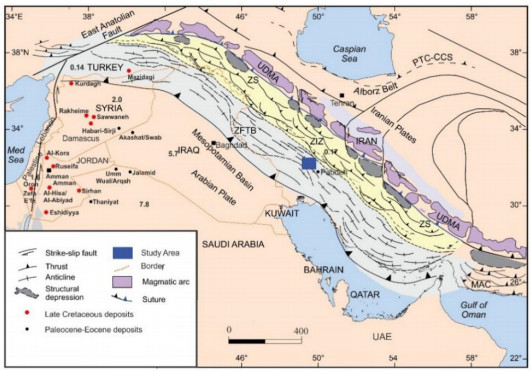
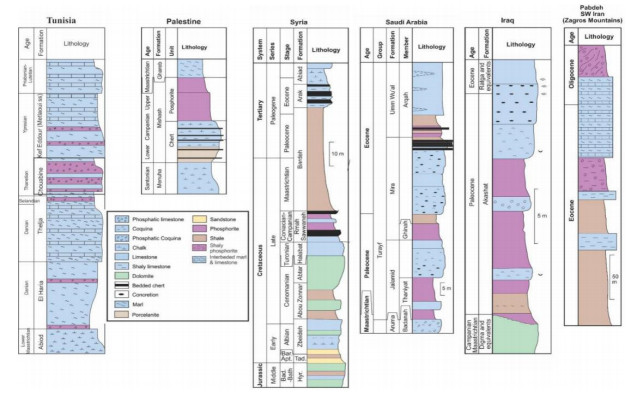
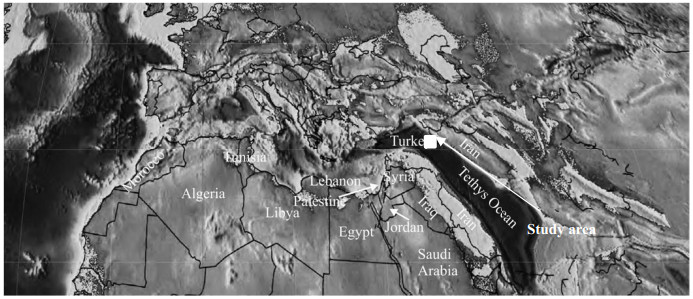
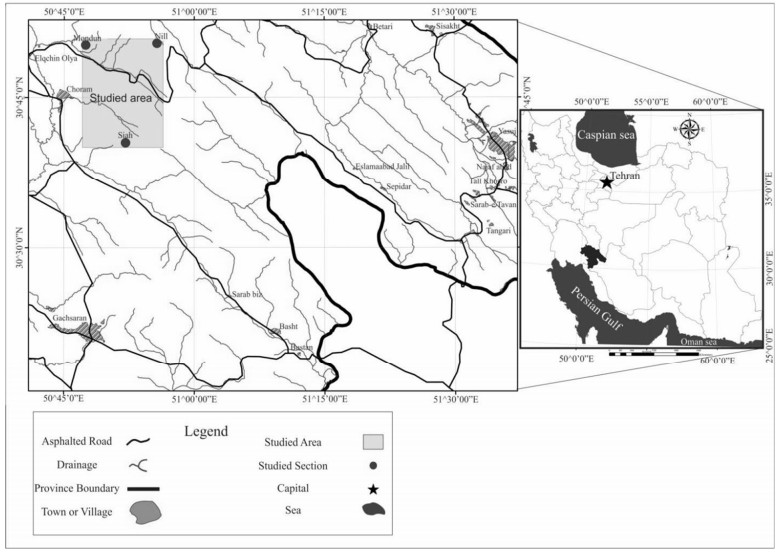
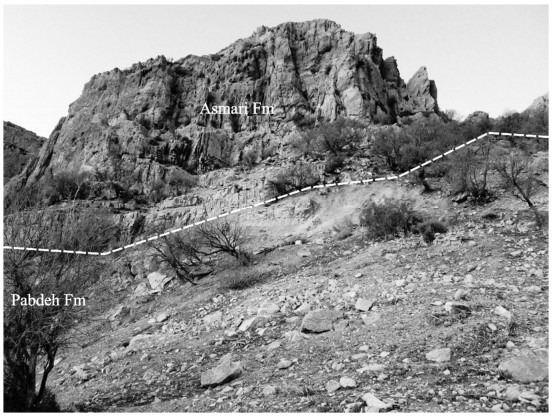
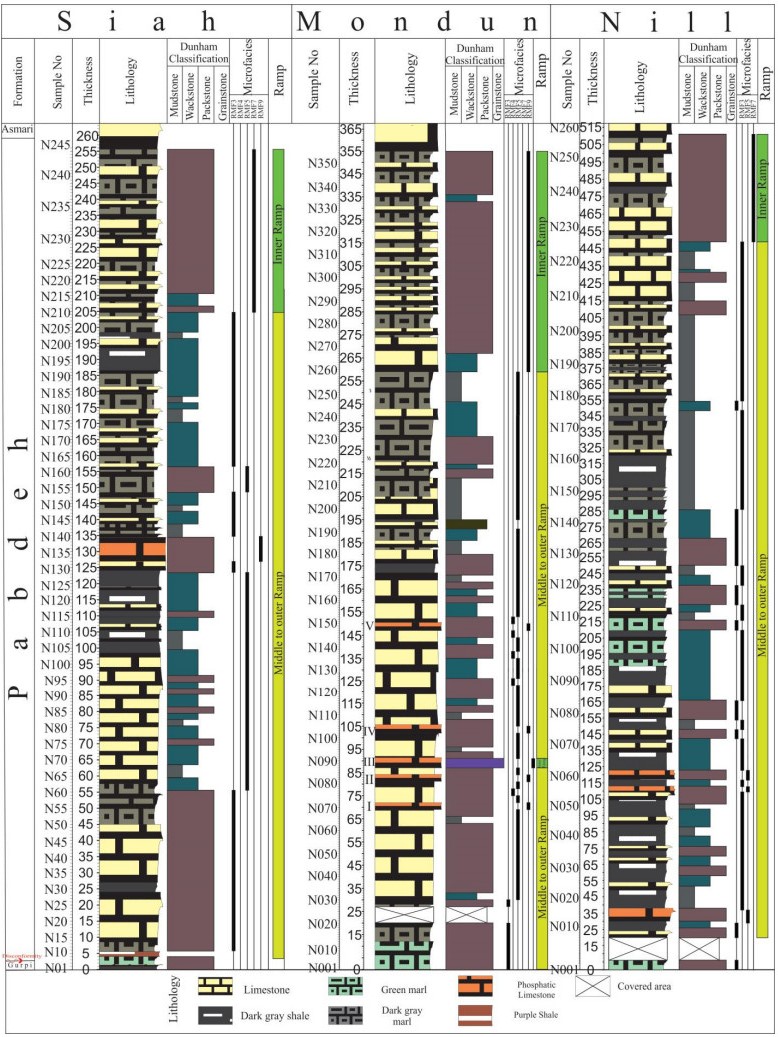

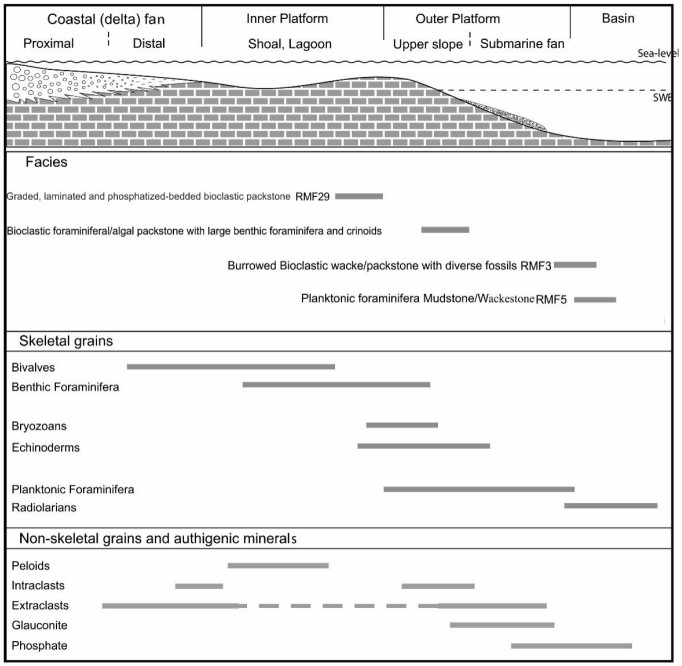
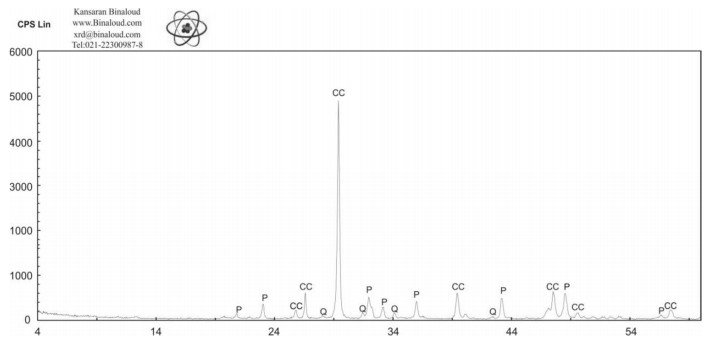
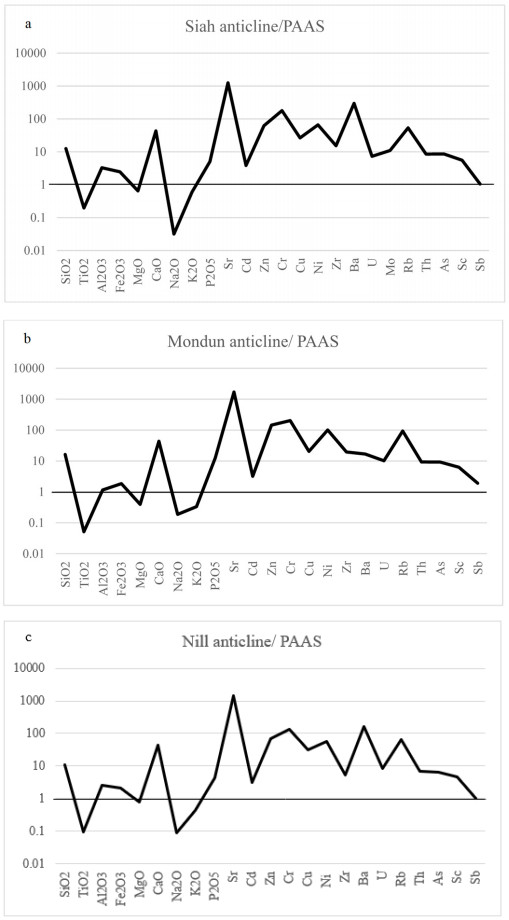


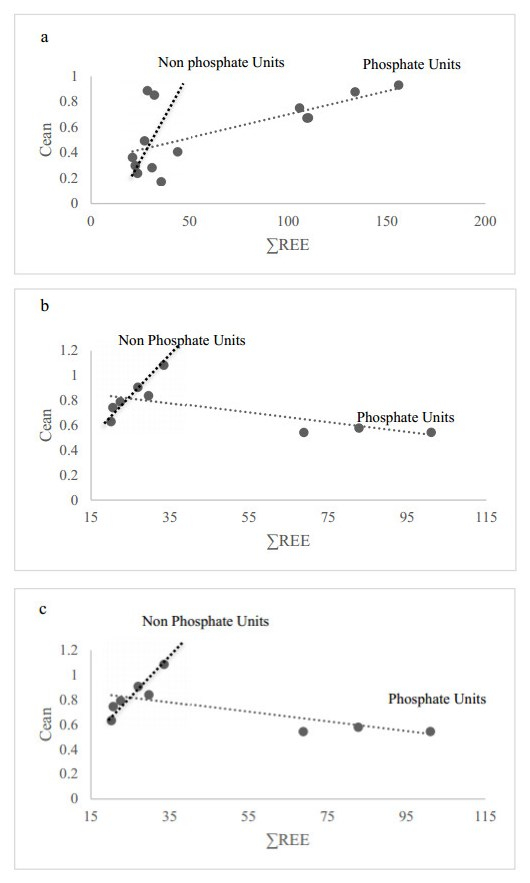
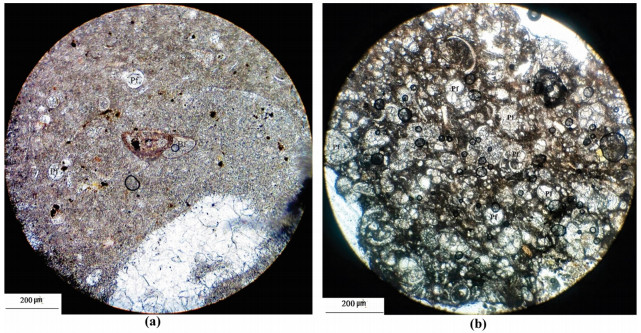






 DownLoad:
DownLoad: